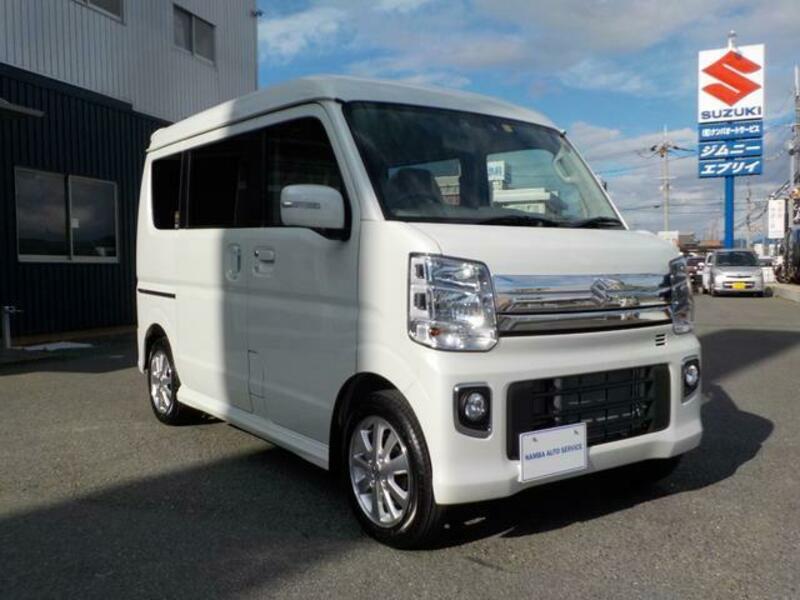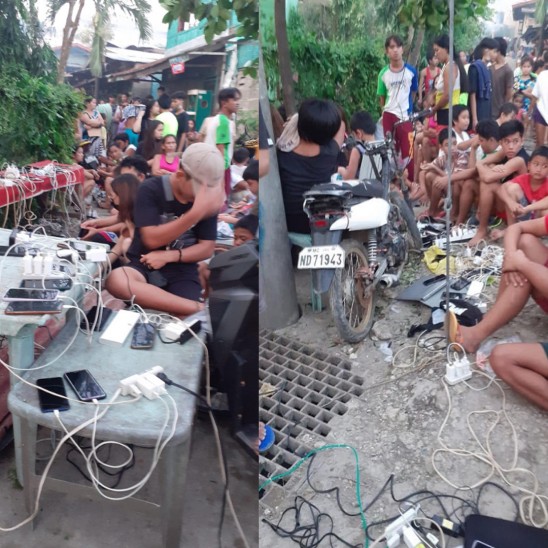Buying a JDM (Japanese Domestic Market) car, like a minivan, in the Philippines can be risky for several reasons:
Right-Hand Drive: JDM cars are typically right-hand drive, which can be challenging and potentially dangerous on Philippine roads where left-hand drive is the norm.
Parts and Maintenance: Finding replacement parts and knowledgeable mechanics for JDM cars can be difficult and expensive. Many parts may need to be imported, leading to higher costs and longer wait times
Odometer Fraud: There’s a significant risk of odometer tampering in JDM cars. It’s estimated that many JDM cars have incorrect odometer readings, which can mislead buyers about the car’s true condition.
Compliance Issues: JDM cars may not meet local safety and emission standards, making it difficult to register and insure them in the Philippines.
Language Barriers: Manuals and documentation for JDM cars are often in Japanese, which can make maintenance and repairs more challenging.
Resale Value: Due to the niche market and potential issues, JDM cars might have a lower resale value compared to locally available models.
One of the most significant challenges when importing a JDM (Japanese Domestic Market) car to the Philippines is converting the vehicle from right-hand drive (RHD) to left-hand drive (LHD). This conversion is often necessary because the Philippines, like many other countries, drives on the right side of the road, requiring vehicles to be LHD for safety and regulatory compliance.
Issues Involved
Steering System: The entire steering assembly needs to be relocated from the right to the left side of the vehicle. This involves significant modifications to the steering column, rack, and associated components.
Dashboard and Controls: The dashboard must be reconfigured to accommodate the new steering position. This includes relocating the instrument cluster, air conditioning controls, and other dashboard elements. Controls such as the turn signals, wipers, and light switches, which are typically designed for RHD, need to be adapted for LHD use.
Pedal Assembly: The pedals (accelerator, brake, and clutch) must be moved to the left side. This requires precise alignment to ensure proper functionality and safety.
Wiring and Electronics: The vehicle’s wiring harness may need to be extended or rerouted to accommodate the new layout. This can be complex, especially with modern cars that have extensive electronic systems.
Structural Modifications: Some vehicles may require modifications to the firewall (the partition between the engine compartment and the cabin) to accommodate the new steering and pedal positions.
Legal and Safety Compliance: The conversion must meet local safety and regulatory standards. This often involves inspections and certifications to ensure the vehicle is roadworthy.
Imagine importing a Nissan Skyline GT-R, a popular JDM sports car, to the Philippines. The conversion process would involve sourcing LHD components, such as a steering rack and dashboard, and performing extensive modifications to ensure everything fits and functions correctly. This process can be costly and time-consuming, and if not done properly, it can lead to safety issues and decreased vehicle performance.









